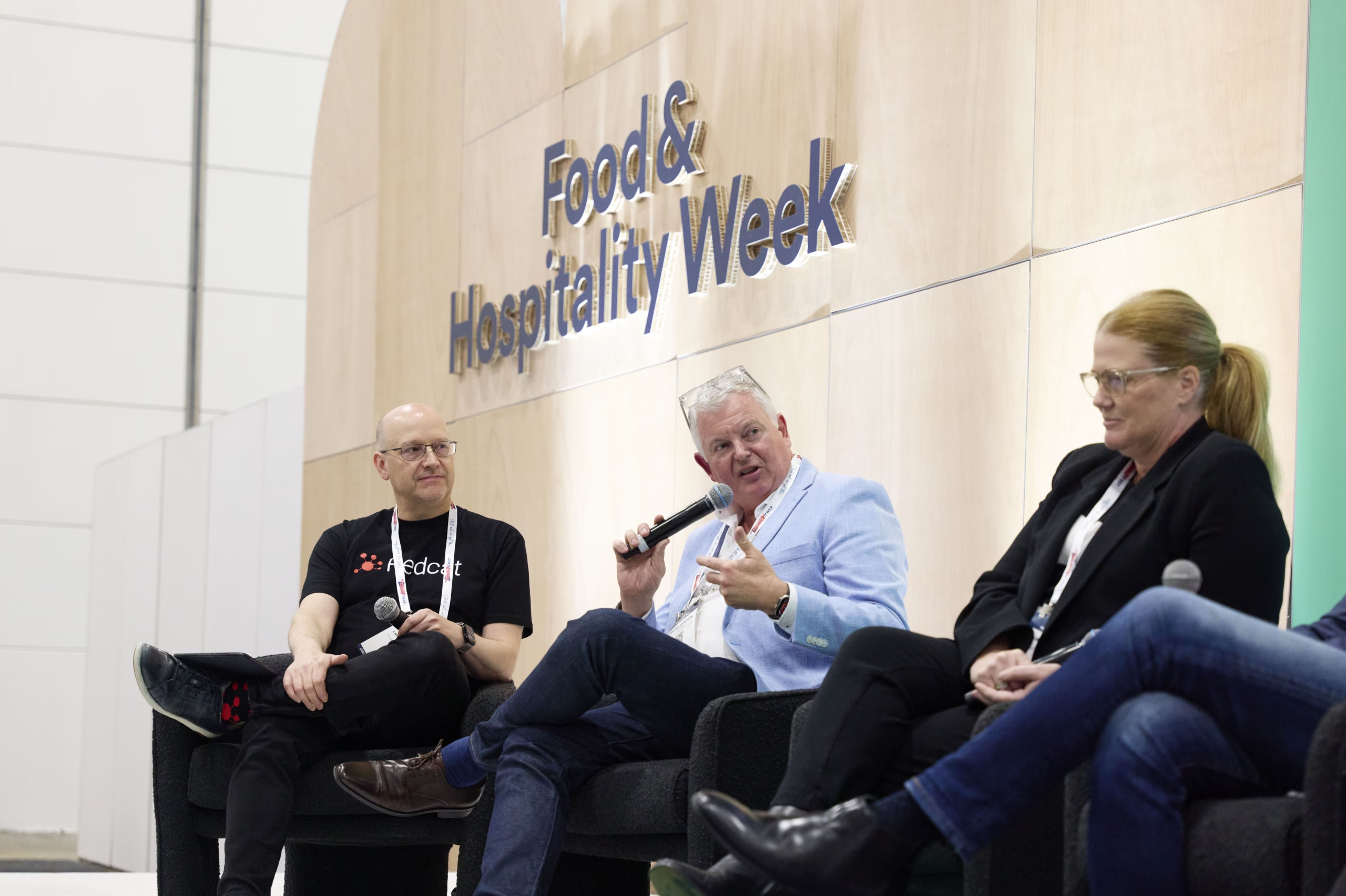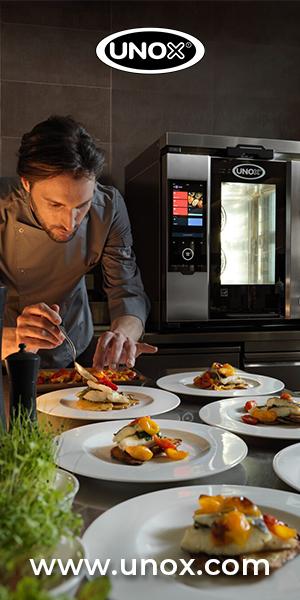In-store dining is experiencing a surprising resurgence while third-party delivery growth shows signs of slowing, according to fresh industry data that suggests cost-of-living pressures are reshaping how Australians interact with QSR brands.
Shane Bracken, Managing Director of Subway Australia and New Zealand, revealed the unexpected trend during a recent industry panel, citing quarterly data from Circana that showed in-store dining was up while third-party delivery was “slightly down.”
“That’s obviously a cost-of-living piece,” Bracken explained, noting that while the overall QSR industry value increased by 2.2% in the latest quarter, this growth was driven entirely by price increases rather than volume, with traffic actually declining by approximately 1%.
The data reflects a significant behavioural change among consumers who are becoming more selective about their dining choices. Bracken noted that heavy QSR users who previously purchased four times per month have reduced their frequency to just twice monthly.
“They still want the experience, right? They just don’t want to spend $200, but they’re happy to spend $100,” Bracken observed, describing how consumers are trading down from full-service restaurants to QSR options rather than eliminating dining experiences entirely.
This trend is creating both challenges and opportunities for operators. While overall transaction frequency is down, consumers appear to be prioritising experiences that offer better value for money, which is benefiting in-store dining at the expense of delivery fees.
The delivery fee is a key factor
The slight decline in third-party delivery appears directly linked to the additional costs consumers face when ordering through platforms. Carlos Antonius, Global CEO of Chatime Group, highlighted the stark mathematics facing consumers, noting customers purchasing $10-11 bubble tea orders but paying an additional $8 in delivery fees.
“I wouldn’t do it,” Antonius admitted, though he acknowledged that convenience remains a powerful driver for certain customer segments despite the cost premium.
The data suggests that as household budgets tighten, consumers are reassessing whether delivery convenience justifies the additional expense, particularly for lower-ticket items.
Families have gone back to the roast
The shift back to in-store dining is prompting operators to refocus on restaurant experience and customer journey optimisation. Several brands represented on the panel reported similar trends in their own businesses.
“Restaurant sales are up as well for us,” confirmed Kerri Wane, CEO of Schnitz, who noted the brand was experiencing significant percentage point increases in dine-in traffic.
Sam Bragg, CEO of Red Rooster, attributed part of the trend to families seeking comfort and value during challenging economic times. “We’re over-indexing at the moment with the family customer, because they’ve kind of gone back to the roast and the comfort of that in these challenging times.”
Despite the overall softening in delivery, industry executives emphasised that certain customer segments remain highly committed to the channel. Bragg noted that convenience-focused consumers, including younger demographics, continue to view delivery as essential despite the premium pricing.
“The convenience factor for that audience absolutely over shines. That audience is very, very sticky at the moment,” she explained.
This suggests operators need to maintain strong delivery capabilities while also investing in enhancing their in-store experiences to capture the returning dine-in customers.
Treat delivery as additional business
The trend toward increased in-store dining comes at a critical time for the industry, as operators balance the need to optimise multiple channels while managing cost pressures and changing consumer behaviours.
Industry leaders emphasised the importance of treating delivery as genuinely additional business rather than cannibalising existing channels, while ensuring that in-store experiences justify the decision to leave home.
As Antonius noted: “We need to empower the customer to make informed decisions. So, do I want to visit a brick-and-mortar location? Do I want to get in the car and pick up my drive-through with my mates? Or am I sitting at home on a Friday night jumping on Netflix and getting some Uber delivered? That convenience piece is important for the consumer.”
The data suggests that while delivery will remain an important channel, operators who have invested in creating compelling in-store experiences may find themselves better positioned to capitalise on this unexpected shift back to restaurant dining.







